 General
General  General Archive
General Archive  Top Cleveland Sports Figures, By the Numbers. #0/00
Top Cleveland Sports Figures, By the Numbers. #0/00
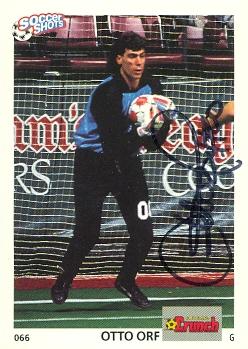 This is one installment in a team effort by The Cleveland Fan, highlighting the top local sports figures by jersey number. Please weigh in with your thoughts, in the Boards on this site. As David Letterman would say, “For entertainment purposes only; please, no wagering.”
This is one installment in a team effort by The Cleveland Fan, highlighting the top local sports figures by jersey number. Please weigh in with your thoughts, in the Boards on this site. As David Letterman would say, “For entertainment purposes only; please, no wagering.”
Doesn’t 00 have to be Otto Orf?
Admittedly, there isn’t a huge field from which to choose. Fortunately, what the zeroes lack in quantity, they make up for in quality... Er, in national notoriety... OK, in local interest.
Junior Ortiz is one of the notable Cleveland Indians players who donned the 0. He’d chosen the number to match the ‘O’ of his name. Ortiz joined the Tribe in 1992, after winning the 1991 World Series with the Minnesota Twins. Cleveland was ramping up their own World Series era, and acquiring the battle-tested Ortiz was heralded by some as a wise move by Tribe GM John Hart.
Ortiz was a backup catcher in 1992 and 1993, behind the young Sandy Alomar, Jr. Alomar was injured for much of those seasons, so Ortiz actually played in more games during that time (181) than did Alomar (153). He hit .250 and .221,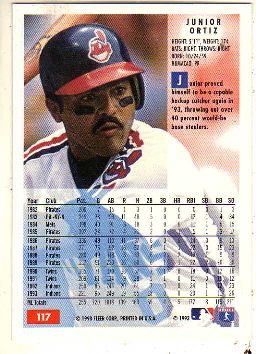 respectively. He didn’t have much pop, but neither did he strike out much. His value as a catcher was behind the plate.
respectively. He didn’t have much pop, but neither did he strike out much. His value as a catcher was behind the plate.
A fun fact on Ortiz is that he named his son Junior, as well. Junior, Jr.
After not playing much with the California Angels in 1975 and 1976 (he was stuck in the minor leagues), Paul Dade chose to 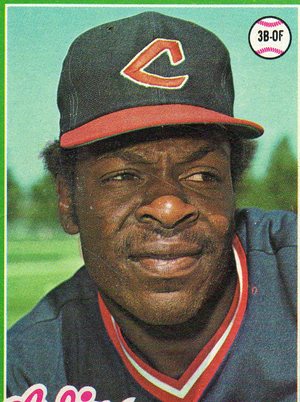 sign a free agent contract with the Indians. Most Tribe fans know Wayne Garland was the first big name free agent when the Tribe acquired him in 1977; Dade was signed that same off-season. Free agency then was actually referred to as the “free agent draft”. (Teams could select negotiation rights to players; players could be selected by more than one team.)
sign a free agent contract with the Indians. Most Tribe fans know Wayne Garland was the first big name free agent when the Tribe acquired him in 1977; Dade was signed that same off-season. Free agency then was actually referred to as the “free agent draft”. (Teams could select negotiation rights to players; players could be selected by more than one team.)
Dade’s leaving the Angels was considered an act of defiance. Not that he signed for nearly as much as the top-tier players (his three year deal was for $100,000). He said he’d chosen number 00 with the Tribe (his Angels number was 29) because of the low level of interest he’d generated in the “draft”. “I figured nothing for nothing equals two zeroes”. In May of ’77, manager Frank Robinson commented after Dade was thrown out at third, with one out in a tied game: “I don’t know why he wears that number, but when he took off, I said ‘oh-oh’.” After leading the Pacific Coast League in hitting in 1976, the third baseman/outfielder hit .291 with 3 home runs and 45 RBI in for the Tribe in 1977.
Dade was dealt in June of 1979, in a great trade for the Indians. They received Mike Hargrove in return. Various rankings by local experts put that trade on a level with those that acquired Omar Vizquel, Jose Mesa, and Andre Thornton.
It does appear to be Otto Orf, doesn’t it?
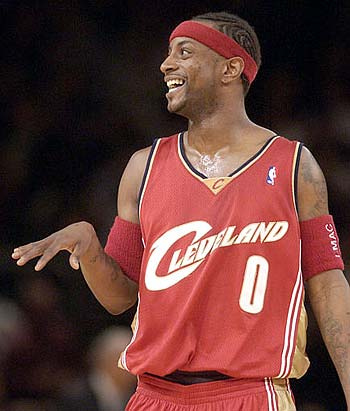 The Cleveland Cavaliers have had some zeroes on their roster over the years. And some players who sported the number zero, as well. Jeff McInnis was a veteran point guard during the early LeBron James era. It seemed like in the ’03-’04 season, he was hitting his shots and playing defense. A year later, he was doing neither. Some felt he was envious of James. Some maintained his attitude soured. He was known to curse out reporters and purposely wear his practice jersey backwards.
The Cleveland Cavaliers have had some zeroes on their roster over the years. And some players who sported the number zero, as well. Jeff McInnis was a veteran point guard during the early LeBron James era. It seemed like in the ’03-’04 season, he was hitting his shots and playing defense. A year later, he was doing neither. Some felt he was envious of James. Some maintained his attitude soured. He was known to curse out reporters and purposely wear his practice jersey backwards.
Nationally, McInnis is known for two things: getting into a fight with Charles Oakley over a girl while playing with the Los 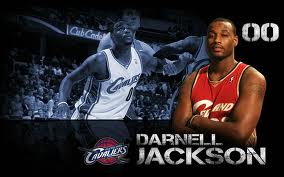 Angeles Clippers, and being ejected in his first game with the Charlotte Bobcats. The team had not officially submitted the correct paperwork to verify his presence on the roster.
Angeles Clippers, and being ejected in his first game with the Charlotte Bobcats. The team had not officially submitted the correct paperwork to verify his presence on the roster.
Darnell Jackson was acquired through a draft day trade with the Miami Heat in 2008. His Kansas Jayhawks teammate, Sasha Kaun, was drafted by Seattle and also picked up by Cleveland. Jackson played in 11 games with Cleveland from 2008 through 2010, starting two. He had the proverbial “cup of coffee” with the Cavaliers when Shaquille O’Neal went down with an injury in 2010.
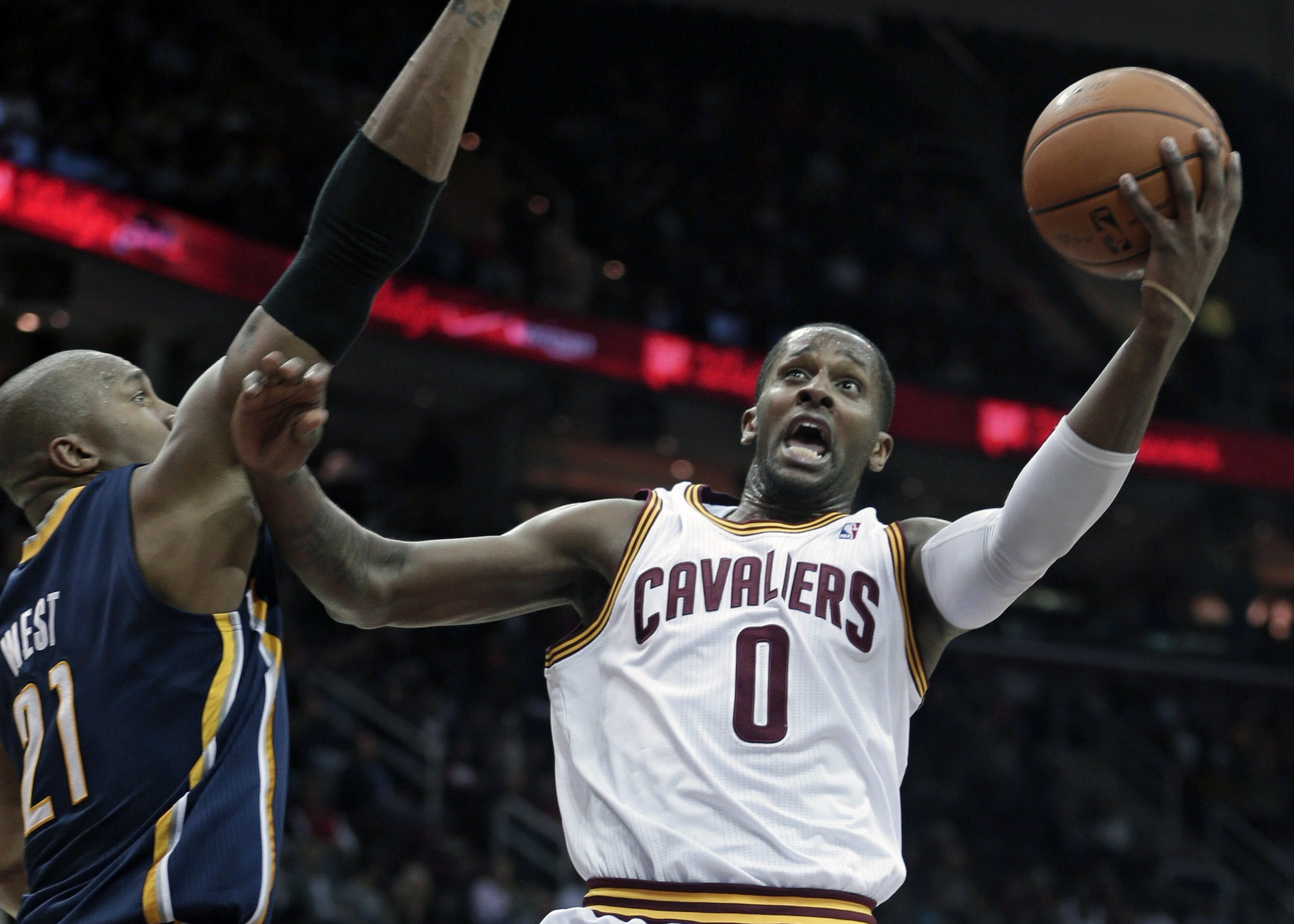 Current s
Current s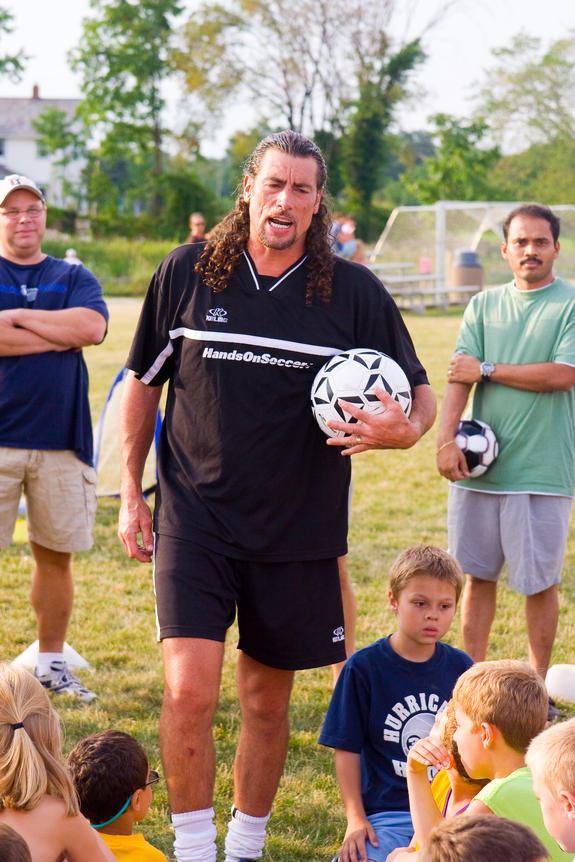 mall forward/shooting guard C.J. Miles wears the number 0. Drafted out of high school by Utah in 2005, he’s a young, seven-year veteran. In 2008, he signed a free agent offer sheet with Oklahoma City that was matched by the Jazz. Already, he appears to be the best Cavalier to don the 0.
mall forward/shooting guard C.J. Miles wears the number 0. Drafted out of high school by Utah in 2005, he’s a young, seven-year veteran. In 2008, he signed a free agent offer sheet with Oklahoma City that was matched by the Jazz. Already, he appears to be the best Cavalier to don the 0.
That would bring us to Otto Orf.
Honestly, I knew almost nothing – well, OK, ‘zero’- about Orf. I knew he wore 00, which was cool since it stood for his initials. (I had wondered if it was similar to longtime Oakland Raiders center Jim Otto. He wore 00, pronouncing it like his first name: “aught-oh”.)
I am an American guy who is old enough to never have really followed soccer. It is a sport that is great for youngsters; kids need to get outside and run. But when I attend our girls’ high school’s football games, I see how we are physically overmatched at some key positions. My gaze drifts over to the soccer boys, sitting together in the stands during games. I can’t help myself: those boys’ behinds need to be out on that football field. As they say in the Boards, YMMV (your mileage may vary).
The extent of my awareness of indoor soccer in Cleveland was that they won the first title for the city since the Browns’ 1964 championship. Nothing wrong with that. (This was right around the time when Omar Vizquel of the Indians addressed a throng of Clevelanders during a postseason celebration: last year we knocked at the door, and next year we are gonna kick it in! -They tried. They came up short. We of course still love them.)
Hailing from greater Buffalo, Orf played goalkeeper for Cleveland from 1989 through 2004, for the Crunch and then for the Force (a prior team name, resurrected) when the team was sold. He served as the interim coach when Omid Namazi was suspended in 2004. The Cleveland Crunch (that name always reminded me of bad breakfast cereal) won three titles in the 1990s, and Otto Orf was a central figure through that decade. Today, Orf is referred to as a soccer legend, and nobody begs to differ.
What I was interested to learn about Otto Orf is what an asset he has been to the city of Cleveland. He loves the town, and is a main reason for the increased interest in soccer in northeast Ohio. Orf has done enough local charity work and fundraising to put him on the fringes of that conversation with guys like Doug Dieken. Seriously.
There’s our winner. Otto Orf of the Cleveland Crunch, number 00.
 I'd like to acknowledge LeCharles Bentley. The two-time Pro Bowler signed a free agent contract with his hometown Browns (unveiling the 00 at his press conference). That he collapsed with a knee injury on the first play in his first practice with the Browns was not his fault. It may have been the beginning of the end for GM Phil Savage, though... and we won't discuss staph infections here.
I'd like to acknowledge LeCharles Bentley. The two-time Pro Bowler signed a free agent contract with his hometown Browns (unveiling the 00 at his press conference). That he collapsed with a knee injury on the first play in his first practice with the Browns was not his fault. It may have been the beginning of the end for GM Phil Savage, though... and we won't discuss staph infections here.
We have an honorable mention for the number 0/00. It’s a special circumstance: he was either going to be an honorable mention, or win the whole enchilada. Nothing in between. He had a special impact on Cleveland sports fans, yet he never actually competed in an actual professional sporting event.
It’s Willie Mays Hayes. Hit like Mays, run like Hayes. (In the lexicon of today, he ran as if someone "taped a cheetah to his back.") He was the speedster in the movie Major League who talked and ran his way onto the Cleveland Indians roster, in a movie that portrayed the Tribe beating the New York Yankees in the playoffs. This would eventually really happen, in 1997. But it happened first on the silver screen, in 1989. Veteran catcher Jake Taylor said there was only one thing left to do, and that’s win the whole (eff)ing thing! Cleveland fans tearfully cheered in their theater seats.
Willie Mays Hayes was Kenny Lofton, before there was a Kenny Lofton in Cleveland. Gotta rent that movie again before April.
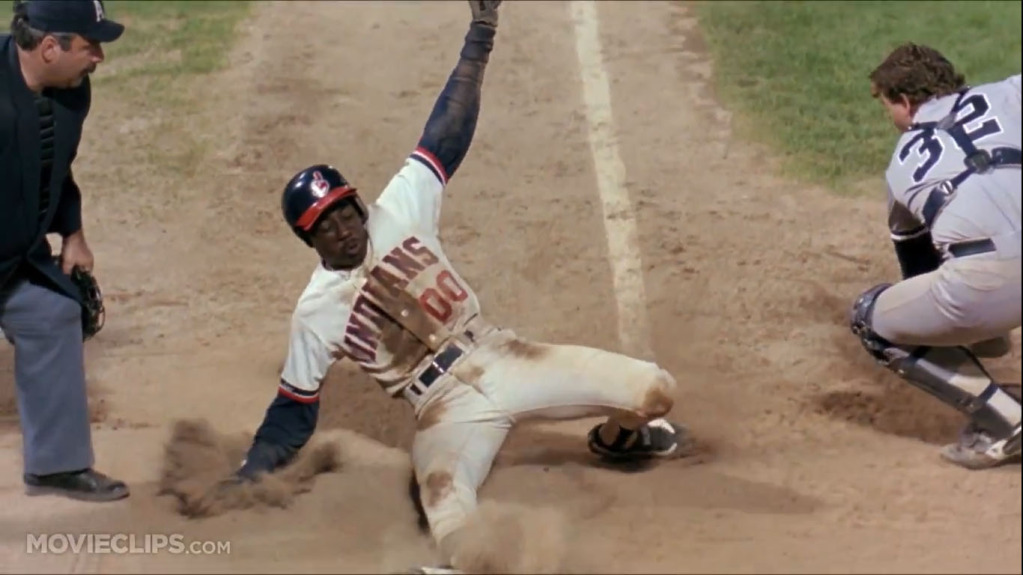
Sources: Baseball-reference.com; SI Vault; Wikipedia; Cleveland Indians encyclopedia, Schneider.
- NBA Announces 2013-2014 Schedule
- Browns Ink Sharknado
- Sharknado A No-Show For Rookie Camp
- Trent Richardson Out Until Training Camp
- Browns Sign Brandon Jackson
- Carrasco Suspended Eight Games
- Browns Add to Wide Receiver Depth with David Nelson
- Browns Need to Learn from Past Draft Mistakes
- Browns Release Chris Gocong and Usama Young
- Browns Missing on Grimes Disappointing, But Not The End
The TCF Forums
- Official- Browns Coach Search/Rumors
mattvan1 (Tuesday, January 21 2014 1:19 PM) - Movies coming out
rebelwithoutaclue (Tuesday, January 21 2014 12:56 PM) - 2015 Recruiting
jclvd_23 (Tuesday, January 21 2014 12:38 PM) - The 2014 Offseason Thread
Larvell Blanks (Tuesday, January 21 2014 12:25 PM) - Chris Grant's first 3 drafts
Kingpin74 (Tuesday, January 21 2014 10:13 AM) - Mike Brown
YahooFanChicago (Monday, January 20 2014 11:15 PM) - 2014 Hoops Hockey Hijinx
jpd1224 (Monday, January 20 2014 4:44 PM) - 2014 Recruiting
jclvd_23 (Monday, January 20 2014 2:26 PM) - Wish List - #4 Pick
Hikohadon (Monday, January 20 2014 1:26 PM) - #1 overall pick Anthony Bennett
TouchEmAllTime (Sunday, January 19 2014 1:28 PM)



